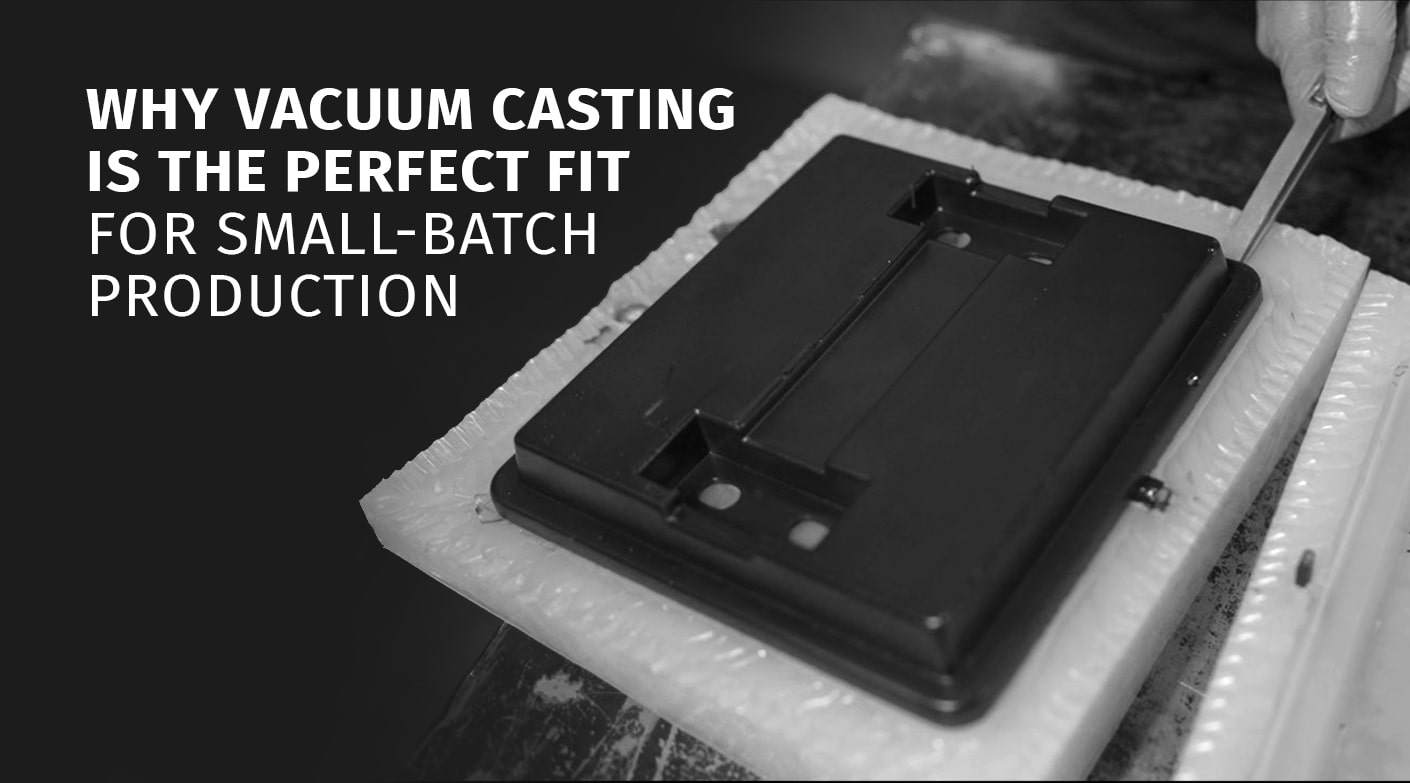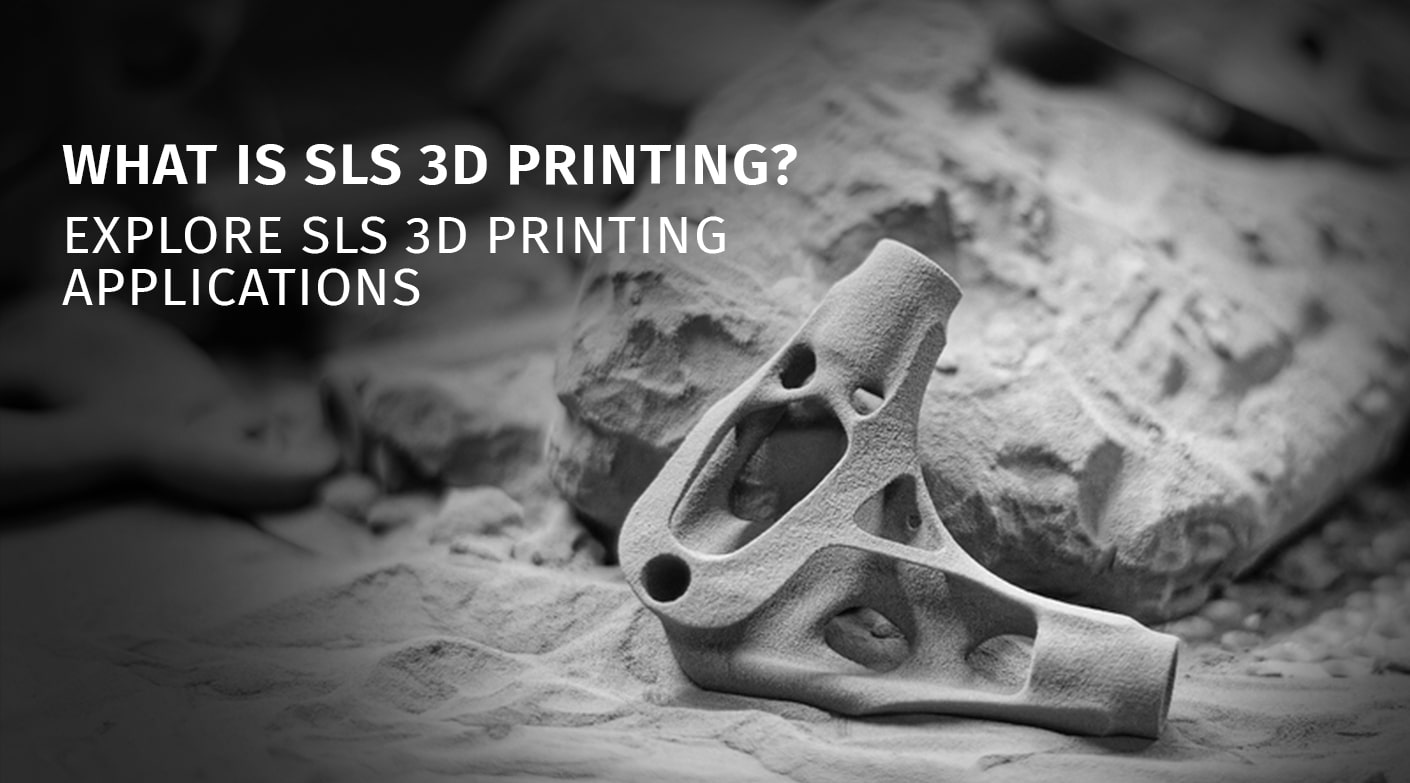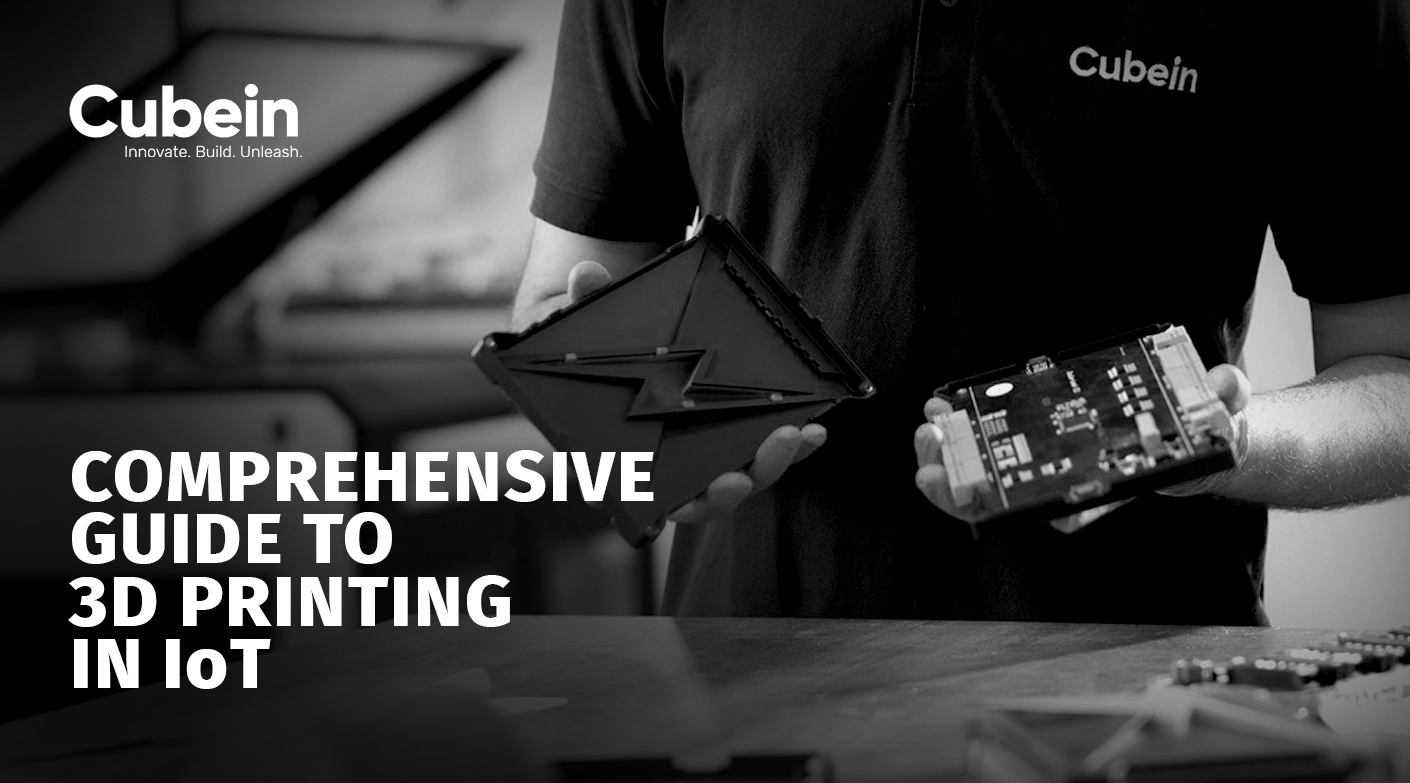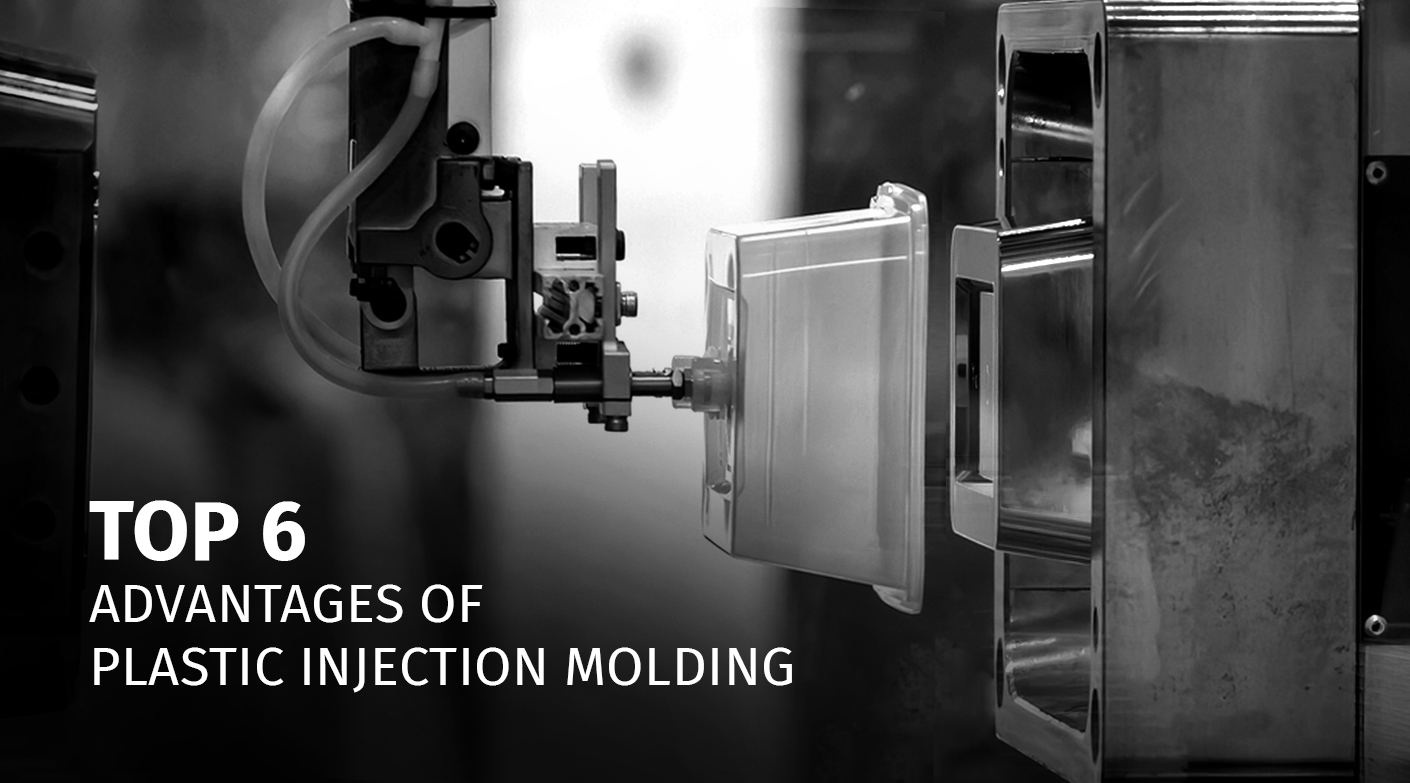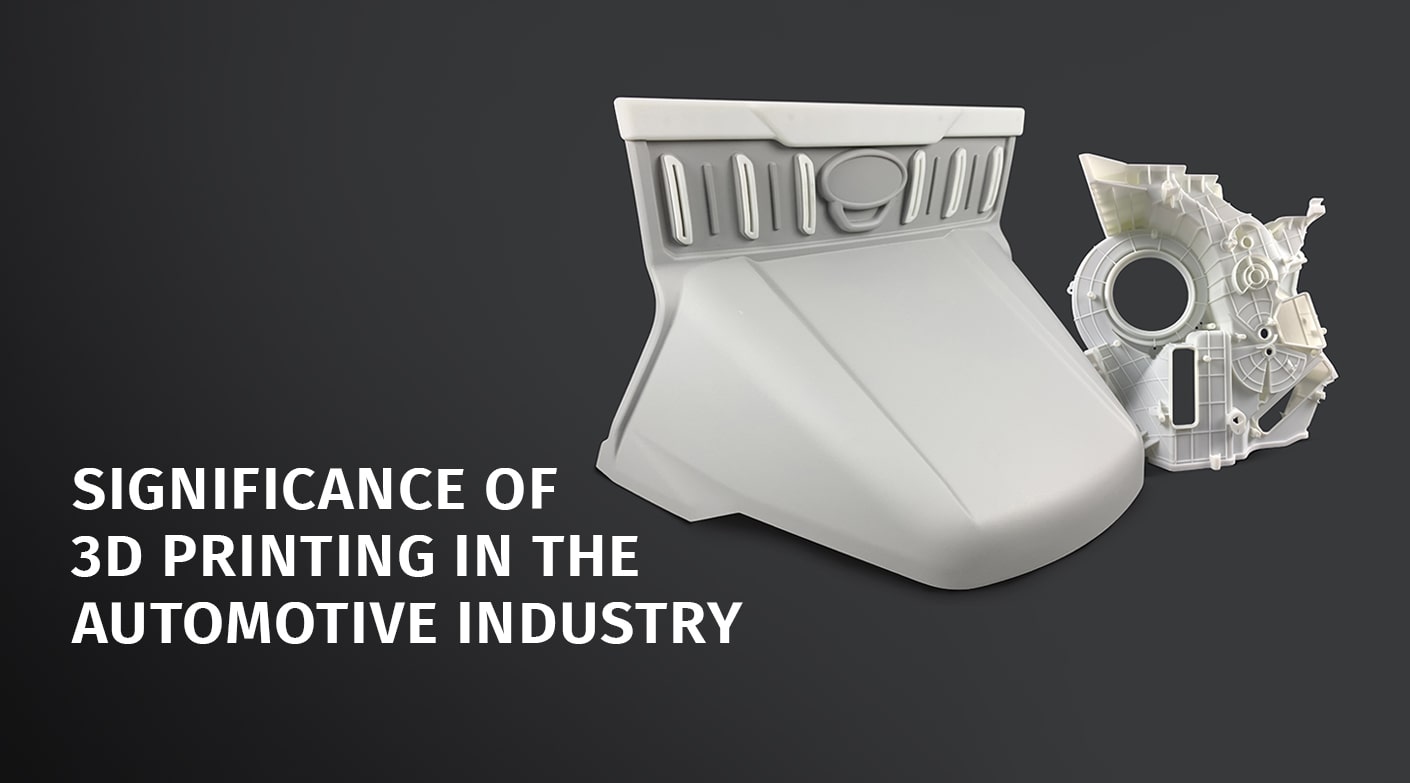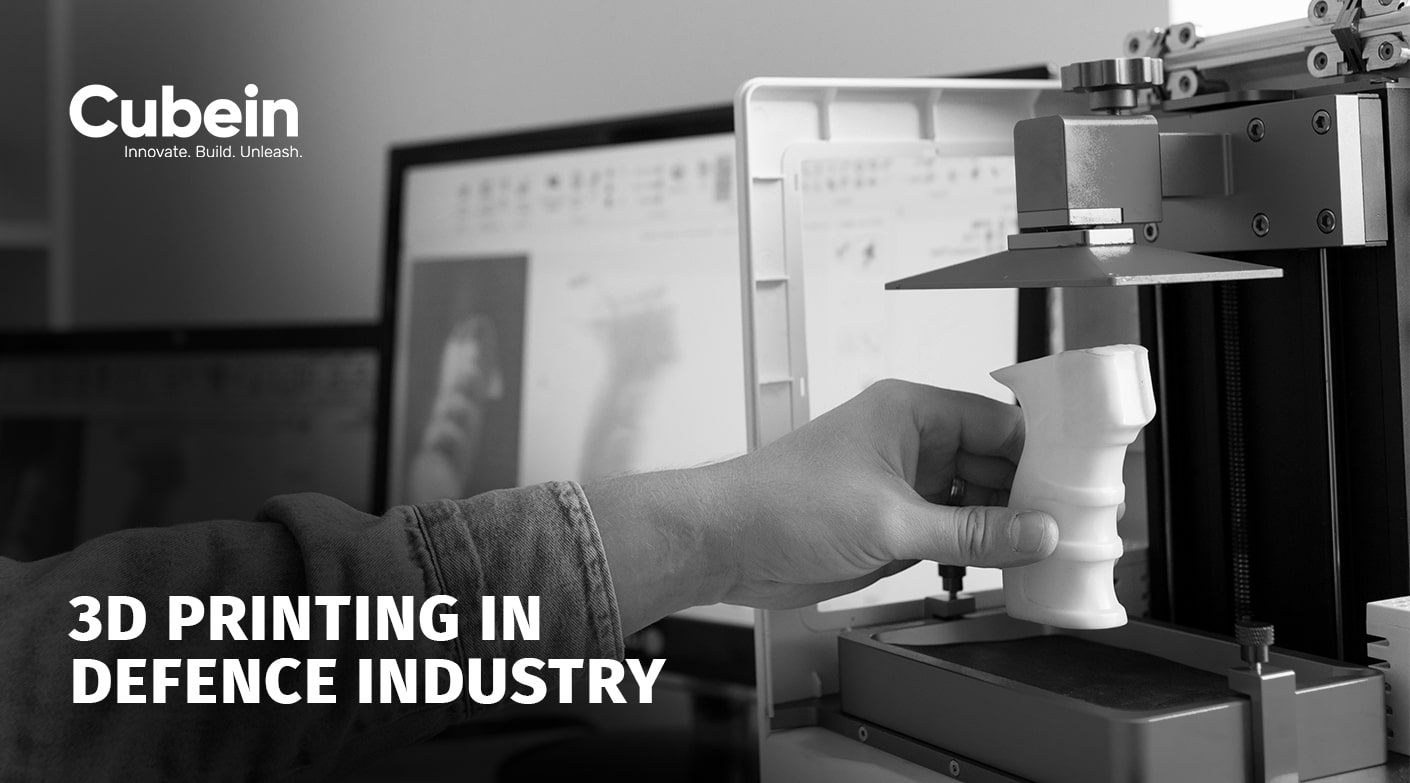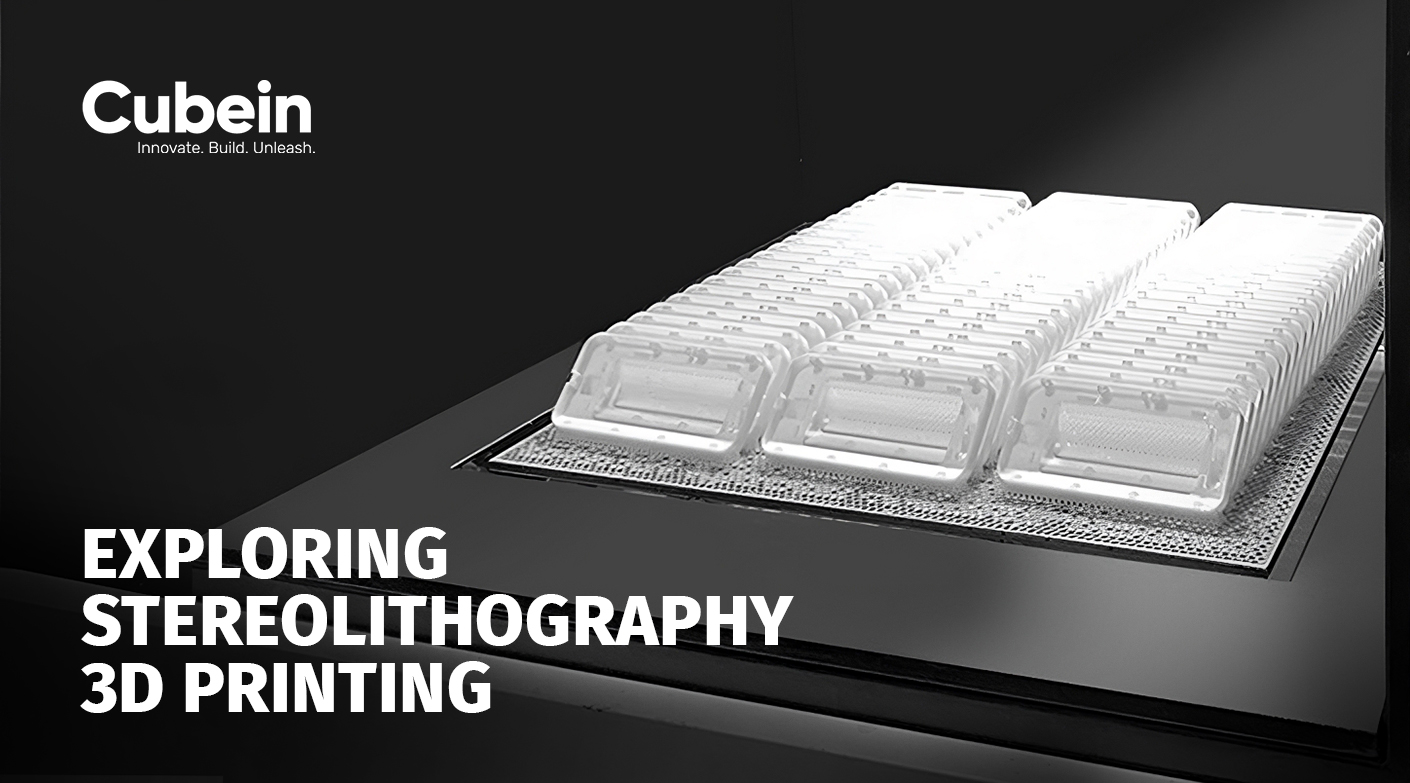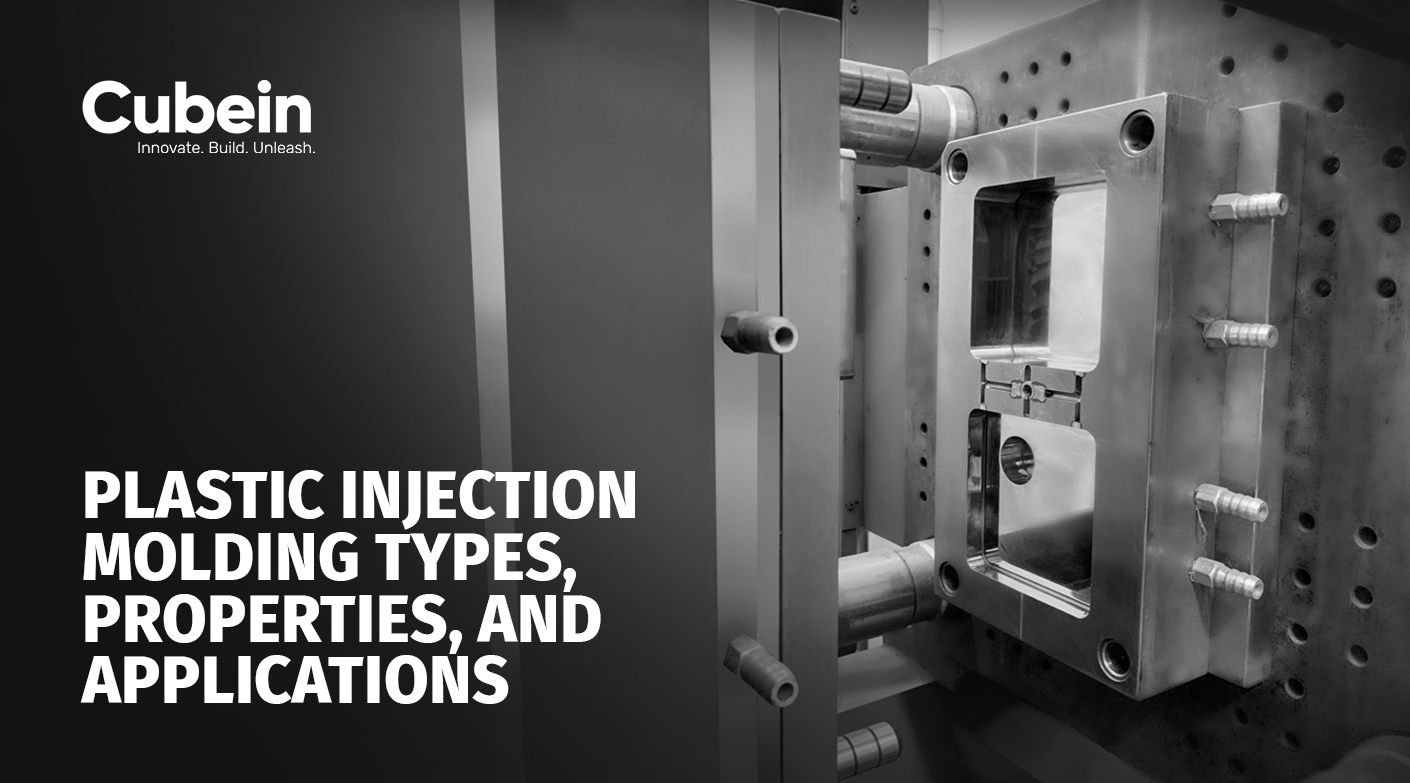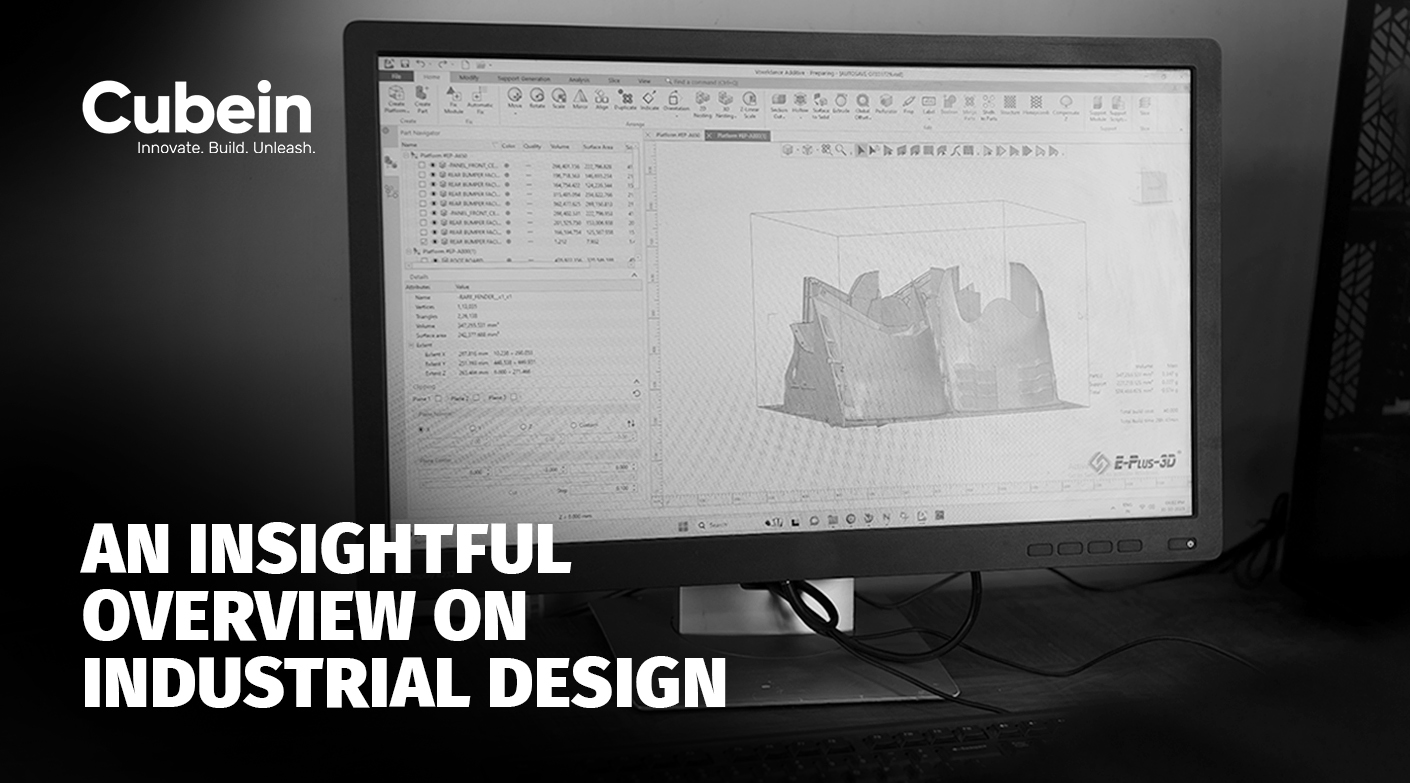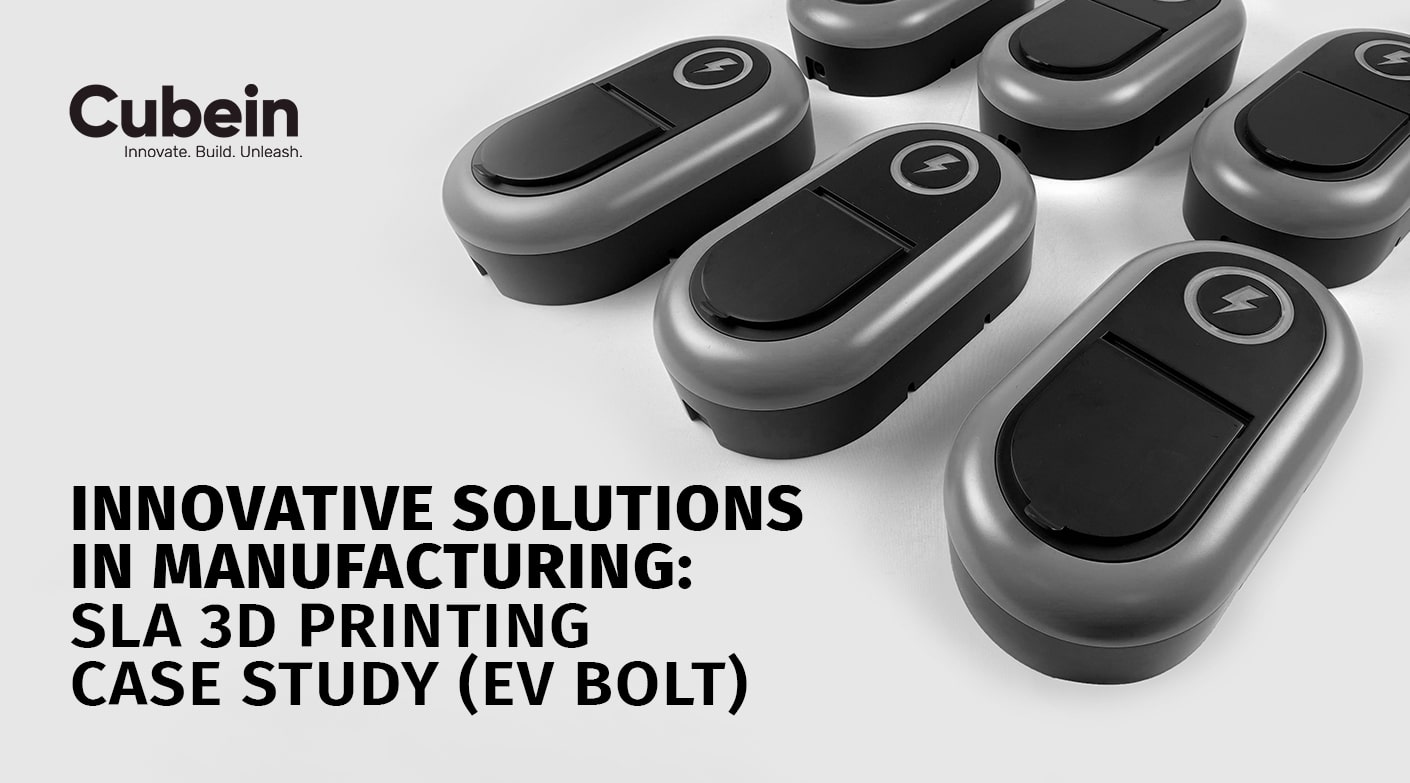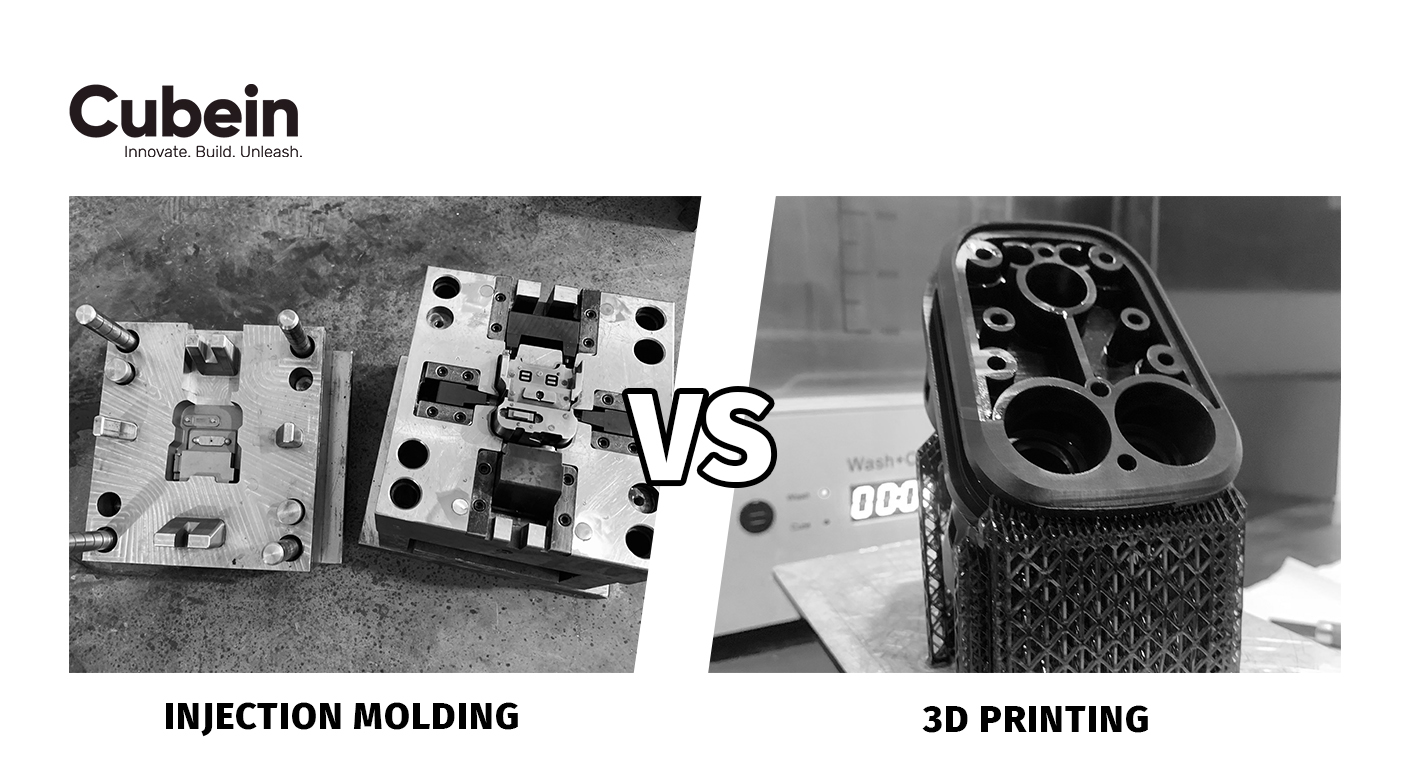When businesses started looking for options to make prototypes or small batches of trial products what appeared as a bottleneck was that the traditional methods like CNC machining and injection molding for small batches often led to rough surfaces and insufficient detail replication.
Additionally, expenses related to tooling, limited flexibility in terms of materials, longer run times, inconsistent results, air entrapments, waste, and material inefficiency were rising causes of concern. This is where Vaccum casting eliminates the challenges faced in small batch production and prototyping.
In this blog, we discuss why vacuum casting stands at the forefront as the perfect manufacturing technique for small-batch output across the globe.
What is Vacuum Casting?
Vacuum casting is also called Urethane Casting or Polyurethane casting, because of the primary material used in the process, i.e. polyurethane resins.
The vacuum casting process involves a technique in which silicone material is poured on the model, after which the silicon mold is cut to recover the original model, followed by pouring urethane resin on the mold and removing any traces of air bubbles using a vacuum machine and finally getting a hardened copy of the original in the exact shape.
The final product is flawless as air is sucked out, high in quality because of the use of soft silicone molds, cost-efficient, and made with a quick turnaround time.
6 Reasons that Make Vacuum Casting the Best Manufacturing Method for Small-Batch Production
In an era where customers seek new experiences through products, in terms of design, features, and look, it has become imperative for businesses in varied industries like automotive, consumer electronics, fashion, consumer goods, toys, medicine, healthcare, etc. to develop customized products for niche markets and prototyping.
Vacuum casting technology, developed in the 1960s, and the machine market currently growing at a CAGR of 6.1% from 2024 to 2034, proves to be a major relief and solves these challenges in small-batch production and prototyping.
Here is why vacuum casting is the perfect fit for small-batch production and a smarter approach to cross the bridge from prototyping to production.
1 Production Efficiency
The stand-out feature that makes manufacturing with vacuum casting an instant hit for small-batch production is the use of soft silicon molds.
When manufacturing methods like injection molding involve the use of expense-inducing metal molds like steel, vacuum casting with the use of low-cost silicone molds, adds production-grade quality, efficiency, and cost-effectiveness to the small-batch production process of everyday items.
Vacuum casting brings production effsignificantly for low volume manufacturing in India.
2 High Precision Design
Limited-run manufacturing comes with its own set of unique demands and challenges like high setup, tooling, and material costs per piece. Hence it becomes imperative that there is no room for error and highly detailed models are created which are exact copies of originals.
Vacuum casting enables minimal tolerances, exact fit, and superior detail replication using a highly precise master model and silicone molds that capture even the finest details of the master model, and produce dimensionally stable parts with tight tolerances, owing to their high elasticity.
Additionally, the vacuum environment removes air bubbles and ensures uniform resin flow, reducing defects and providing dimensionally accurate parts.
3 Faster Time to Market
The greatest advantage in a highly competitive market is getting your product before your competitor does. With vacuum casting since the silicon molds are cured within a span of a few hours the development time is reduced and there is a rapid acceleration in the initial setup phase for small-batch production.
Additionally, since a single silicon mold can produce approx. 15–25 parts the output achieved using a single mold is high and a multi-cavity mold can be made using the master mold.
Also, the quick manufacturing time empowers businesses by allowing businesses to validate designs, conduct market testing, or fulfill early customer orders quickly.
4 Low Up-front Investment
When you are starting or trying out a new product, high investment is not something that cuts the deal. The initial stages must be focused on saving as there is a lot of trial and error that goes into the initial stages. Vacuum casting has a lot of costs as it can be set up using a vacuum chamber, resin mixing equipment, and curing setup, unlike CNC-machined or EDM-cut metal tools. Since silicone molds cost a fraction of the price of metal molds, it’s a win-win for the businesses.
Why most small batch production using vacuum casting goes excellently well with businesses is the simplified way of making silicon molds that reduces the skilled labor cost further reducing the expenses.
5 Versatile Applications and Use Cases
Vacuum casting is an excellent way to create the most innovative and precision products for small batches in sectors like medical, automotive, consumer electronics, etc. Since automotive industries need to market-test prototypes vacuum casting is the most economical option and one that provides high quality and finish.
Businesses dealing with the manufacturing of custom products like automotive parts such as knobs, gauges, and dashboard panels; the medical industry that needs made-to-fit medical devices, like prostheses, and hearing aids consider vacuum casting as a perfect manufacturing method.
6 Incorporates the Best of 3D printing and Injection molding
Now you may think that if there is 3D printing for design validation, and make the immediate leap to injection molding for production validation, why choose vacuum casting? The features that make vacuum casting best for small batch production is that it combines the speed and flexibility of 3D printing with the material diversity and surface quality of injection molding.
Such a combination of the best of both of these key manufacturing methods brings the advantage of cost-effective, high-quality production with reduced lead times in the creation of functional prototypes and pre-production parts.
Recent advancements in automation and AI have accelerated the efficiency and precision of vacuum casting processes and the availability of advanced resins that mimic the properties of production-grade plastics bringing with them the capabilities of strength, flexibility, and heat resistance, strengthening the case for vacuum casting in small batch production.
Bring your Boldest Ideas To Life with Vacuum Casting
Though businesses may look at manufacturing options that strike a balance between quality and cost-effectiveness, for consumers, quality takes predominance above all. And with vacuum casting both get what they want.
Businesses bring complex parts and unique products with intricate details to the market at a comparatively lower cost while maintaining top-notch quality for small-batch production.
While 3D printing and injection molding are best at what they do for small batch production where cost is a major factor, vacuum casting can deliver what is needed.
Wrapping Up
Cubein provides vacuum casting services in India to businesses looking the make a mark in the competitive market without going aboard on the budget front. Cubein, stands as a reliable vacuum casting service provider, delivering high-quality solutions using advanced technologies, state-of-the-art facilities, and premium-grade polyurethane resins, with quick turnaround times.
If you have an innovative idea that you want to bring to life, look no further. At Cubein we help our clients bring the most complex design to reality with our precision engineering, advanced vacuum casting techniques, and extensive industry expertise.
Connect with our experts to discuss your design challenges and production goals.




